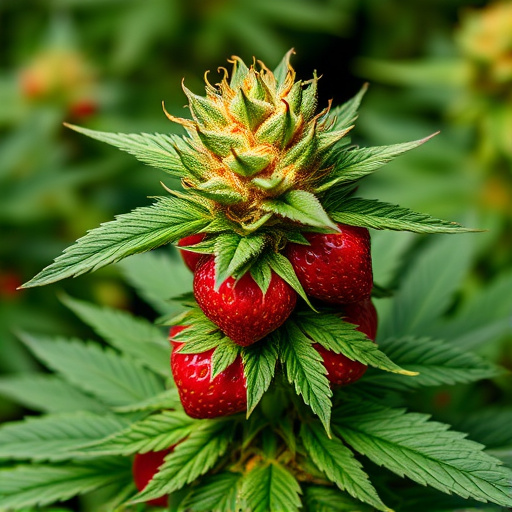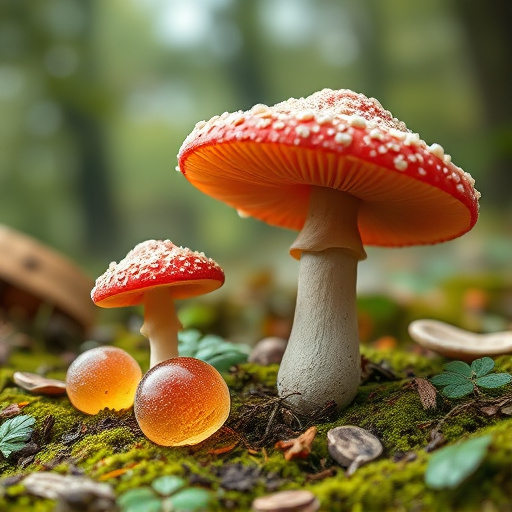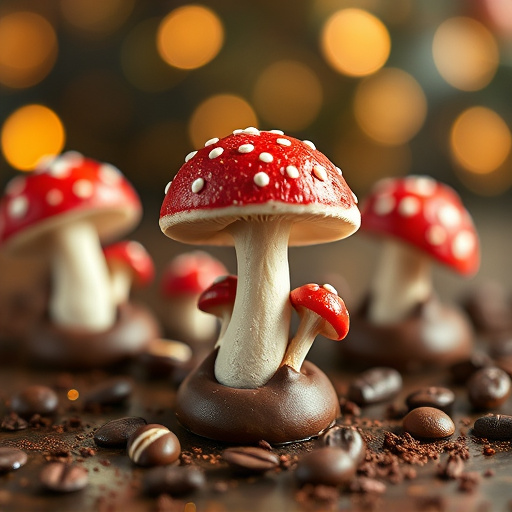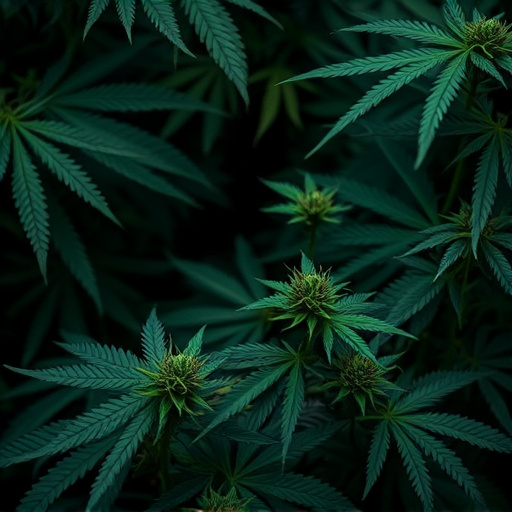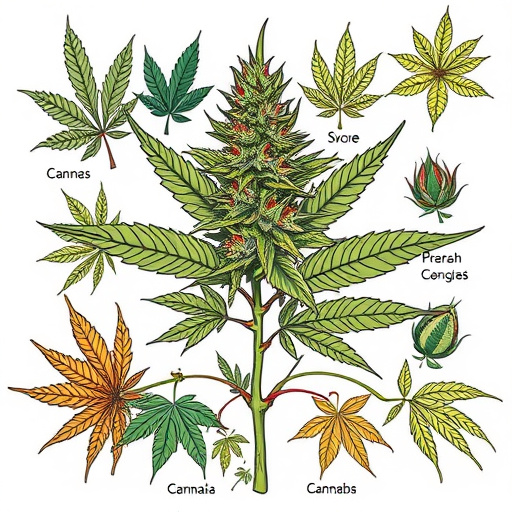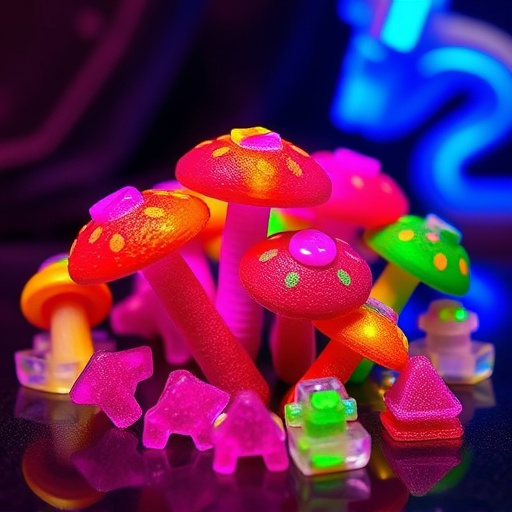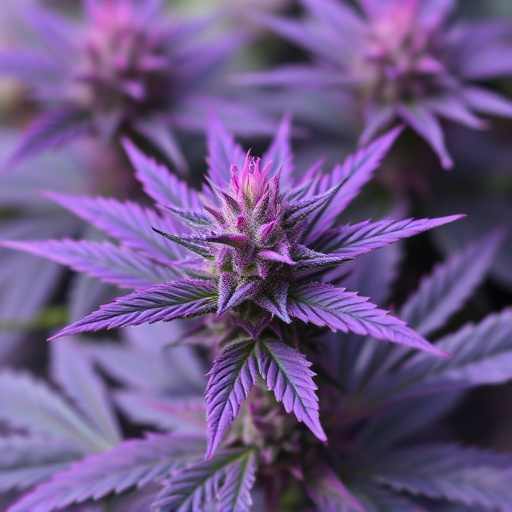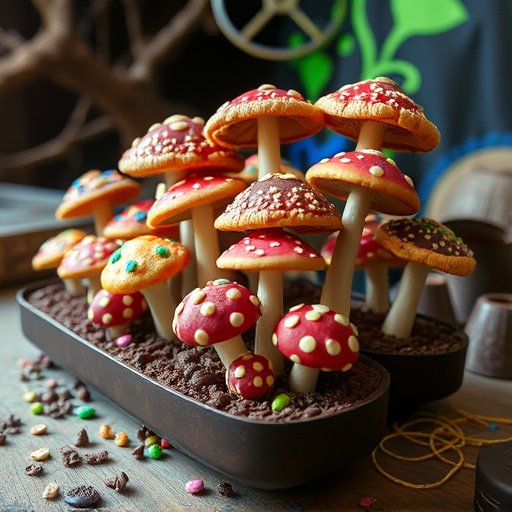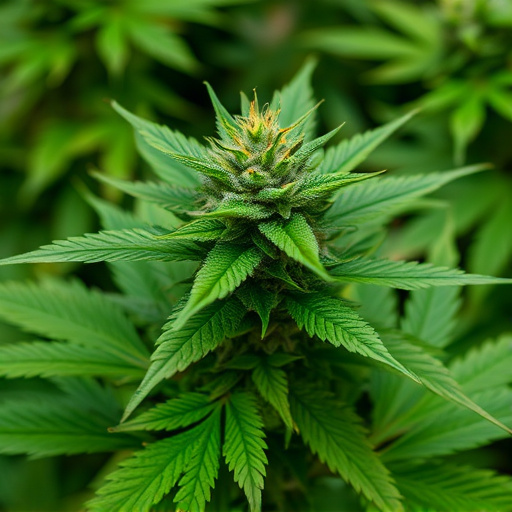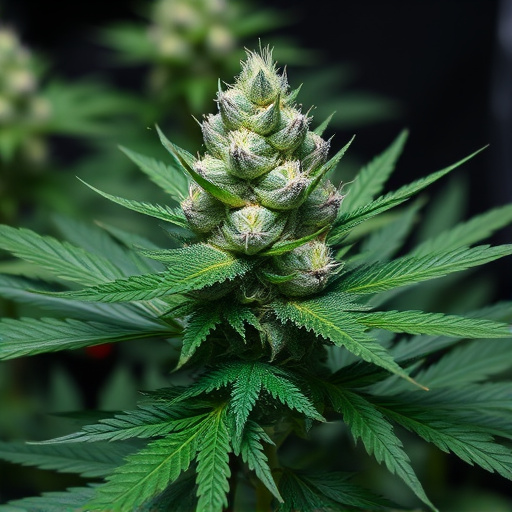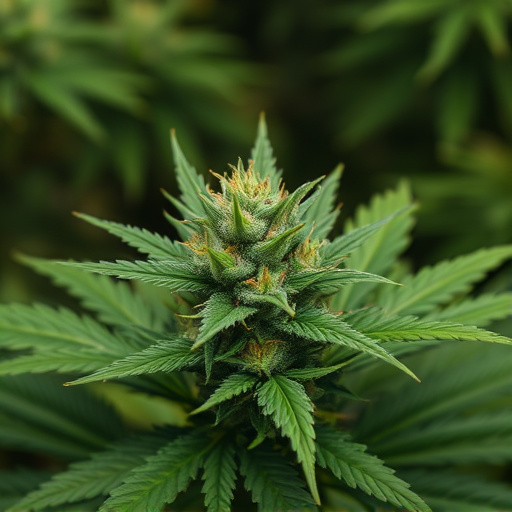Full-spectrum cannabis flower includes all natural compounds like cannabinoids, terpenes, and flavonoids, providing a complex experience with potential synergistic benefits through the entourage effect. Isolated THC, in contrast, focuses solely on tetrahydrocannabinol (THC), offering an intensely potent psychological high but no other natural compounds. High THC sativa strains, known for their THC levels often exceeding 20%, deliver powerful mental and physical sensations, balanced with other cannabinoids and terpenes like myrcene and limonene, providing heightened energy, focus, creativity, and clarity.
“Unraveling the distinct world of cannabis, this article delves into the intricate differences between full-spectrum and isolated cannabis flower. Full-spectrum cannabis retains all its natural compounds, offering a complex interplay of terpenes and cannabinoids, including THC and CBD. In contrast, isolated THC focuses solely on tetrahydrocannabinol (THC), delivering potent psychotropic effects.
We explore the characteristics and benefits of full-spectrum cannabis, compare it to isolated forms, and shed light on the unique composition and effects of high THC sativa strains, providing an insightful guide for discerning consumers.”
- Understanding Full-Spectrum Cannabis Flower: Characteristics and Benefits
- Isolated THC vs. Full-Spectrum Cannabis: Key Differences
- High THC Sativa Strains: A Closer Look at Their Composition and Effects
Understanding Full-Spectrum Cannabis Flower: Characteristics and Benefits
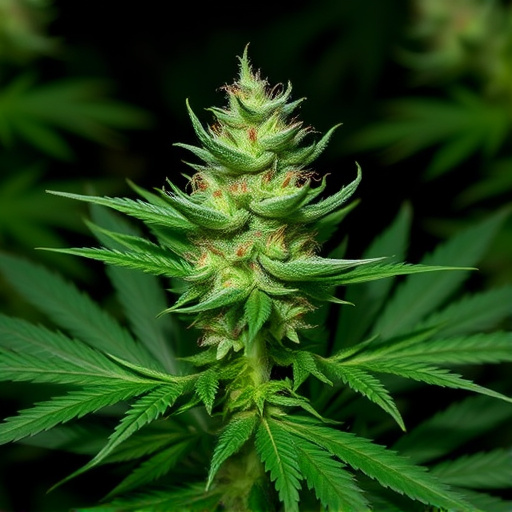
Full-spectrum cannabis flower refers to a type of cannabis that contains all the natural compounds found in the plant, including cannabinoids, terpenes, and flavonoids. Unlike isolated forms of cannabis, which focus on a single cannabinoid like THC or CBD, full-spectrum products harness the power of the entire plant. This means users can benefit from what’s known as the entourage effect, where different compounds work together to enhance each other’s effects.
High THC sativa strains, for instance, are often sought after for their potent psychotropic properties. Full-spectrum flower from these strains offers a complex experience, providing not only strong intoxication but also potential therapeutic benefits. Terpenes like myrcene and limonene, known for their aromatic profiles, contribute to the overall sensory experience and may offer additional medicinal value. This holistic approach makes full-spectrum cannabis appealing to those looking for a more natural, unaltered way to enjoy and potentially benefit from the plant’s diverse offerings.
Isolated THC vs. Full-Spectrum Cannabis: Key Differences
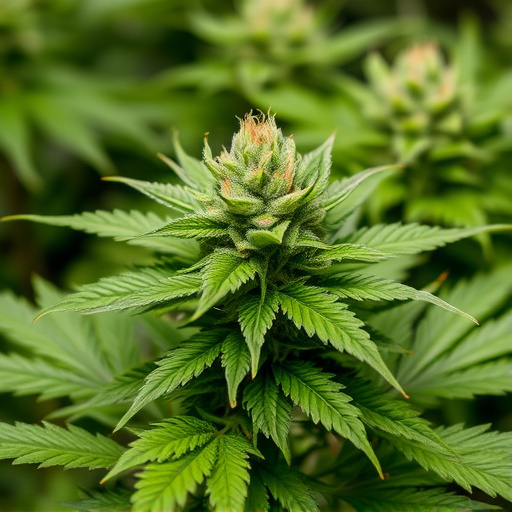
Isolated THC and full-spectrum cannabis represent two distinct approaches to consuming cannabinoids, with notable differences in their composition and effects. Isolated THC, as the name suggests, focuses on a single cannabinoid—tetrahydrocannabinol (THC). This process involves extracting and purifying THC from the plant, resulting in a product with an extremely high concentration of this psychoactive compound. On the other hand, full-spectrum cannabis retains all the natural cannabinoids, terpenes, and flavonoids found in the original plant material.
High THC sativa strains, known for their potent psychological effects and ability to stimulate creativity and energy, are often sought after by users looking for a more intense experience. However, full-spectrum cannabis offers a more complex profile, providing a range of potential benefits from various cannabinoids working together synergistically. This means that while isolated THC may deliver a powerful high, full-spectrum cannabis could offer a broader spectrum of therapeutic advantages due to its multifaceted composition.
High THC Sativa Strains: A Closer Look at Their Composition and Effects
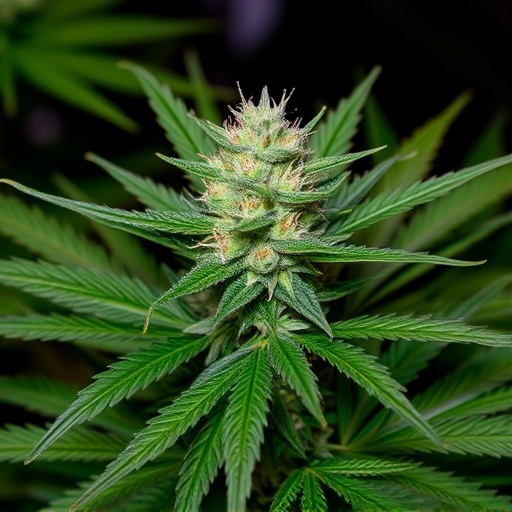
High THC Sativa strains have gained popularity among cannabis enthusiasts for their potent effects and unique compositions. These varieties boast elevated levels of tetrahydrocannabinol (THC), often exceeding 20% in some cases, which is significantly higher than average. The high THC content translates to more intense mental and physical sensations when consumed. Sativa strains, known for their invigorating and cerebral effects, become even more potent with this increase in THC.
The composition of these high THC sativa flowers includes a balanced mix of various cannabinoids and terpenes that contribute to their distinct profiles. Cannabinoids like THCV and CBG can enhance the effects of THC, providing users with increased energy, focus, and creative inspiration. Terpenes such as myrcene and limonene add aromatic notes and may further intensify the mental clarity and euphoria often associated with Sativa strains. This combination results in a powerful experience that has become synonymous with high THC sativa flowers.
When it comes to understanding the difference between full-spectrum and isolated cannabis flower, knowing the distinct characteristics and benefits of each is essential. Full-spectrum cannabis offers a rich tapestry of cannabinoids and terpenes, providing potential therapeutic advantages due to its entourage effect. On the other hand, isolated THC focuses solely on maximizing tetrahydrocannabinol (THC) content without the presence of other compounds. For those seeking specific effects, high THC sativa strains have unique compositions that can enhance creativity, energy levels, and social interactions. By exploring these options, consumers can make informed choices tailored to their preferences and desired outcomes.
